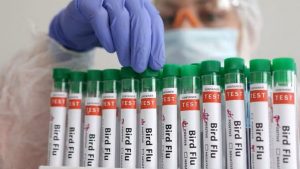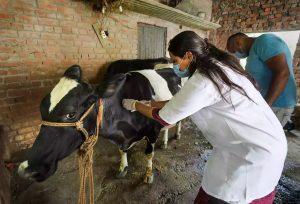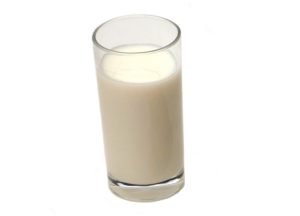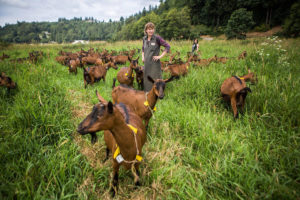Some of Alan Ott’s fondest childhood memories include darting through rows of towering steel boilers and sampling some of the first flavoured milk in Australia.
Mr Ott spent his early years at the Maryborough Co-operative Dairy Association factory where his father, Rupert Ott, was manager from 1952 to the 1960s.
“The factory was a really busy place. I was very fortunate as a child because I had free run,” Mr Ott said.
Once home to the world’s largest butter factory, Queensland’s Wide Bay and Burnett has a rich history of dairy farming and production.
But the glory days are long gone, sped up by deregulation two decades ago, and the few family farmers left fear it won’t be long before the industry disappears altogether.
A once-bustling industry
Alan Ott’s memories are a small window into the history of the dairy industry in the Wide Bay and Burnett, where many towns had their own dairy factories to supply the local community.
When the Wide Bay Dairy Co-operative’s butter factory was built in Gympie in 1925, it was the biggest butter factory in the world.
Robbie Radel is a fourth-generation farmer in Biggenden in the North Burnett who now operates independently.
“There’s so much history here on this farm. All our cows are registered with names and pedigrees,” Mr Radel said.
“My father still talks of when they used to take milk around in crate cans and sell to people in Biggenden and Coalstoun Lakes.”
Improvements in refrigeration and transport, as well as pasteurisation, saw smaller factories close and production become centralised.
“We progressed into sending milk and cream into the Biggenden Butter Factory, which was supplied by over 300 dairy farms just in the local Biggenden region,” Mr Radel is said.
“The factory exported over 1,000 tonnes of award-winning high-quality butter to England every year.
“Once the Biggenden factory closed, we ended up selling our milk through Port Curtis Dairy in Bundaberg. Then our milk started getting picked up and taken to the factory in Rockhampton.”
Showing off the industry
Old photos from Mr Ott’s collection show the excitement the industry generated.
“Every year they put a float and display together for the Maryborough Show. My father and the workmen spent hours at the old showgrounds setting it all up,” he said.
The factory even provided Christmas cheer for locals.
“They’d give away the stamps at the factory and people used to decorate their Christmas trees with them.
“The younger generation wouldn’t see that today.”
Industry deregulation
Up until 2000 the dairy industry was regulated by state governments.
But deregulation caused one of the biggest ever shake ups in the industry, one that saw farms around the country dry up.
That then paved the way for the so-called milk price wars between the major supermarket chains, which forced more producers out.
“As it stands now, Australia is a net importer of dairy and that’s a disgrace.”
“It could easily be wound back to save the industry before its completely gone.”
“The future is undetermined for the industry as a whole.”
Mr Radel said most farms used to milk 50 to 100 cows, but the average herd size had grown to about 240 in Queensland.
“That’s probably going to grow. It’ll be a lot of corporate owned dairy,” he said.
“Eventually we’ll reach a point where there won’t be too many mum and dad operations like there used to be.”











